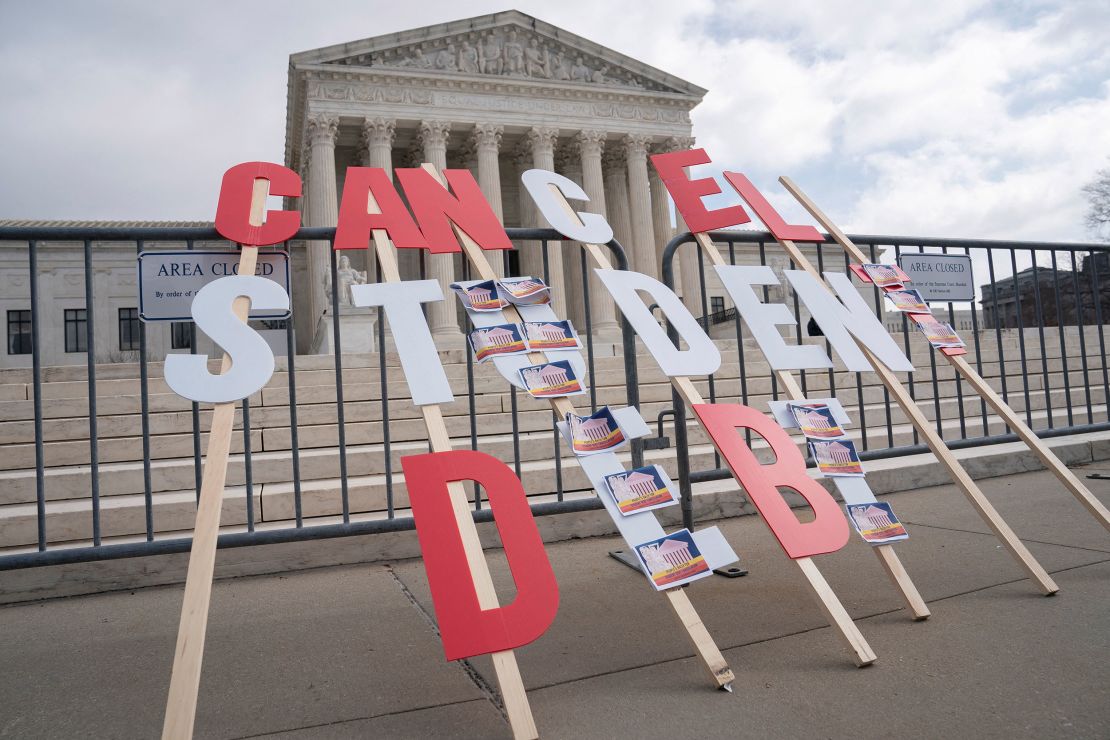From gender-affirming care bans to minimum wage increases, these new laws take effect January 1
Several states saw a polarizing legislative session last year as lawmakers tackled high-profile measures, some of which take effect this year.
While many Democratic- and Republican-led states passed measures to ease the effects of inflation as the economy remains a top concern for voters ahead of the 2024 election, states were split along party lines on marquee issues such as abortion rights and gender-affirming care for minors.
Here are some of the state and federal measures taking effect January 1.
Gender-affirming care
One of the marquee issues across state legislatures in 2023 was gender-affirming care for minors, with several Republican-led states moving to enact restrictions.
Gender-affirming care spans a range of evidence-based treatments and approaches that benefit transgender and nonbinary people. The types of care vary by the age and goals of the recipient, and are considered the standard of care by many mainstream medical associations.

Among the states that moved to pass a ban on such treatments for minors are Idaho and Louisiana, and the bans take effect Monday.
In Louisiana, those under 18 are now barred from receiving gender-affirming surgeries, puberty-blocking medications and hormone treatments, and health care professionals who provide them could be punished with the revocation of their license for a minimum of two years.
On the other hand, Maryland was one of several Democratic-led states that passed protections for gender-affirming care for all ages. As of Monday, the state requires Medicaid to provide coverage for such care.
Abortion protections
While several near-total bans in Republican-led states took effect in 2023, many blue states passed laws protecting abortion rights, including two that took effect Monday.
A Washington state law attempts to make abortion procedures more accessible with changes to insurance coverage. Any health insurance plan issued or renewed starting January 1 will be prohibited from requiring cost sharing for abortions, which generally includes out-of-pocket costs such as deductibles and copays.
Meanwhile, a shield law took effect in California on Monday that will protect local health care providers from out-of-state litigation if they provide abortion services to patients in states with restrictive abortion laws. The protection also extends to those who provide gender-affirming care to out-of-state patients.

Increased minimum wage
Nearly half of all US states will increase their minimum wage in 2024.
The hikes take effect in the following states on January 1: Alaska, Arizona, California, Colorado, Connecticut, Delaware, Hawaii, Illinois, Maine, Maryland, Michigan, Minnesota, Missouri, Montana, Nebraska, New Jersey, New York, Ohio, Rhode Island, South Dakota, Vermont and Washington, plus Washington, DC.
Some states, such as Nevada and Oregon, have increases set for July 1. Florida’s minimum wage will go up on September 30.
With the increase, Washington will continue to have the highest minimum wage of all states at $16.28, up from $15.74. Meanwhile, Hawaii will see the largest increase in its minimum wage – from $12 to $14.
However, Washington, DC, will continue to have the highest minimum wage in the country at $17.05, up slightly from last summer, when it was raised to $17. Another wage hike in Washington, DC, is scheduled for July.
Student loans, 401(k) and financial aid

Student loan payments may affect how much people are able to save for retirement, but starting January 1, a new retirement law allows student loan payments to boost 401(k)s for some workers. Under the new law, Secure 2.0, employers can match their employees’ qualifying student loan payments with a contribution into the employee’s employer-sponsored retirement account.
The Department of Education also recently updated the Free Application for Federal Student Aid, better known as the FAFSA. The form is used to determine financial aid eligibility for the 2024-2025 academic year, and the updated version, released Sunday, is shorter and easier to fill out. It is also expected that many low-income borrowers will be eligible for more financial assistance.
CNN


